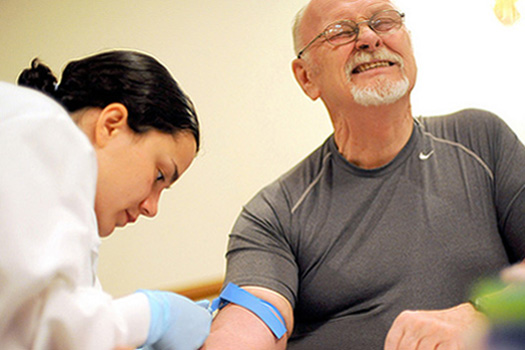

From edible meat to entire rat arms, scientists can grow pretty much anything in a petri dish. But until recently, they haven’t been able to grow mammary glands, the tissue where most types of breast cancer occur. Now researchers from the Helmholtz Centre for Health and Environmental Research in Munich have figured out how to do so, growing tissue in the lab using samples from breast reduction surgeries. The research was published last week in the journal Development.
When a girl goes through puberty, mammary tissues form a complex of milk ducts that constantly change throughout her life, especially when she has children. But scientists don’t understand what causes these cells to regenerate or change over time. Better understanding could help diagnose and treat the thousands of women diagnosed with breast cancer every year.
To grow the breast tissue in the lab, researchers placed tissue removed during breast reduction surgeries in a gel of collagen fiber, a common protein that forms connections between cells. As the tissue cells spread out, they pulled on the collagen, creating enough physical force to create a cohesive tissue.
The lab-grown glands are already shedding light on the kinds of tissue where cancers are most likely to grow. In the past, researchers found more cancers in stiff connective tissue, but initial tests suggest that stiff tissue might be a normal part of breast development.
These findings could help researchers develop better breast cancer treatments as well. “If you want to repair a broken car, you have to know how it works. Breast cancer is essentially out-of-control development,” Christina Scheel, one of the researchers behind the project, told New Scientist.

![Wave Hello To A Lab-Grown Rat Arm [Video]](https://www.popsci.com/wp-content/uploads/2019/03/18/MSCXFP3LQN46BT4RA2NCAGDCXI.jpg?w=675)





